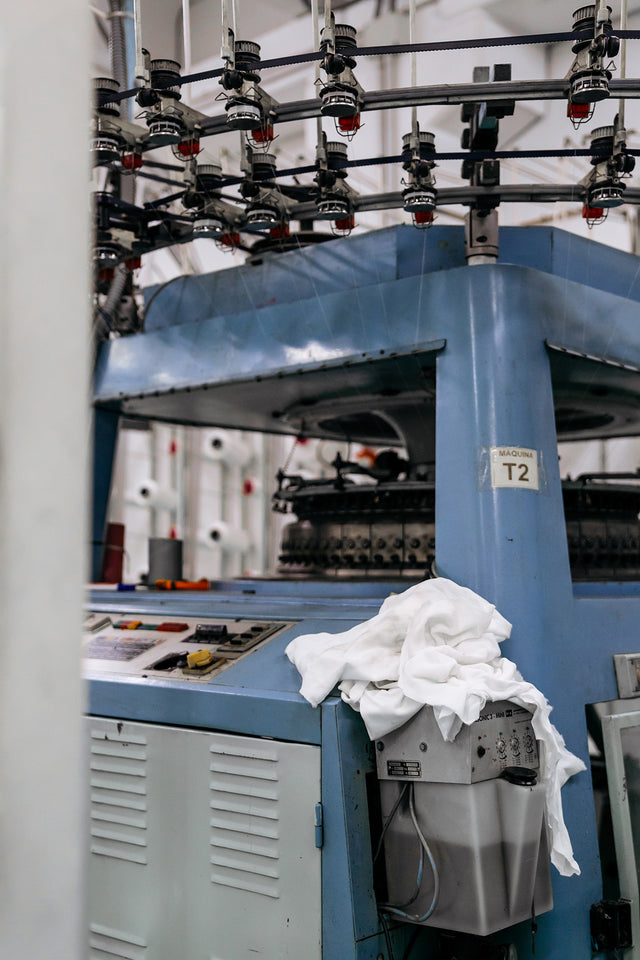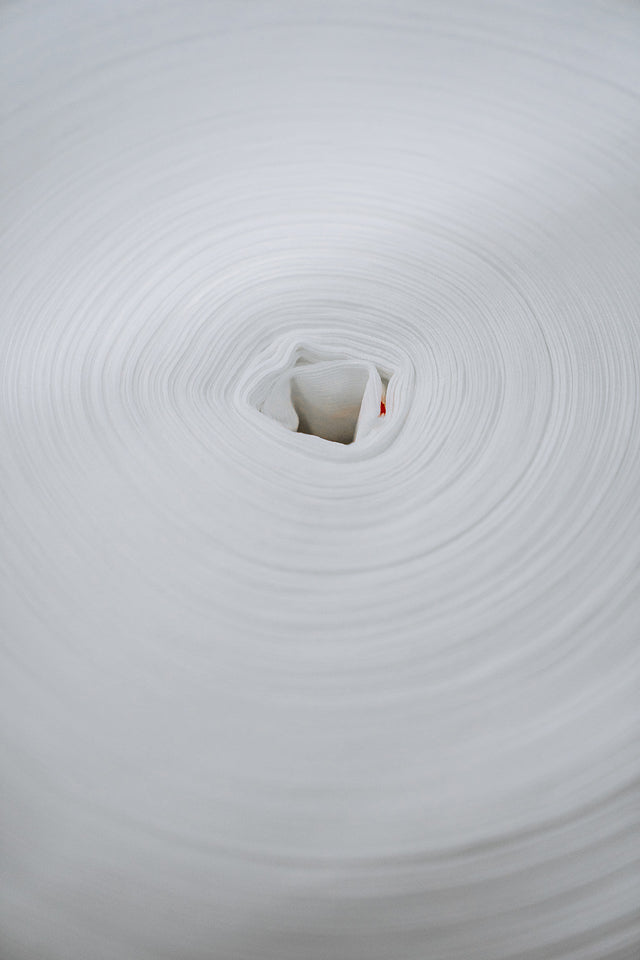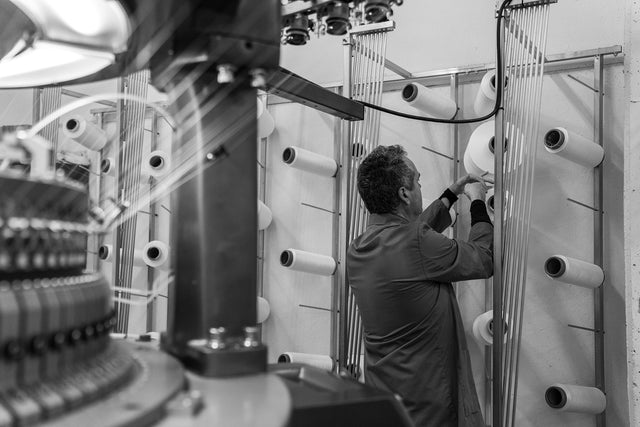WHY DO WE USE SYNTHETIC MATERIALS?
This question takes us back years and years, when the father and founder of Arpe patented the cleaning cloth for the automotive sector made of synthetic material and continuous multifilament. A turning point, a before and after in the future of the company.
AND WHY WAS IT SO REVOLUCIONARY?
Originally, the cleaning cloths car factories used in the production lines, and especially in the clean rooms, were made of cotton. A fabric material that released fibers and contaminated the work environment. To solve this problem, the first proposal was to replace cotton with synthetic material with certain characteristics and techniques that minimized the contamination of micro-plastics (something that has currently been very useful to us). The second one was to reuse the cloths instead of throwing them away after the first use. And, in these two aspects, synthetic material proved great improvements and advantages compared to cotton: it did not contaminate the environment and it allowed it to be washed more times, having a longer lifespan.
Like it or not, plastics are essential and indispensable in our lives. Now, the question is, can we live and coexist with them?





